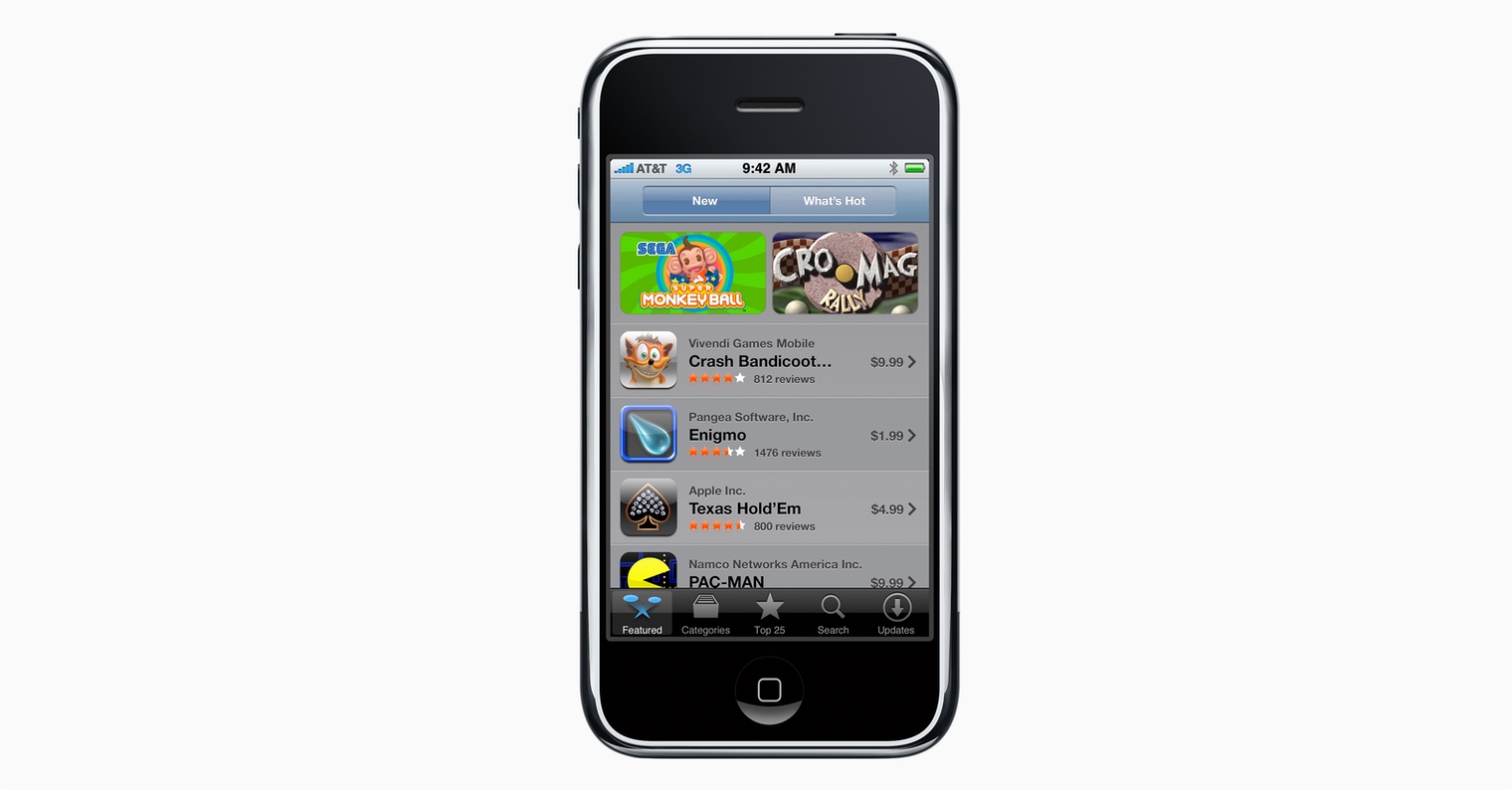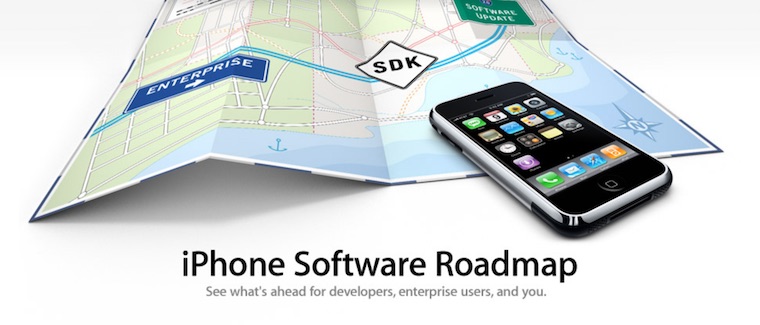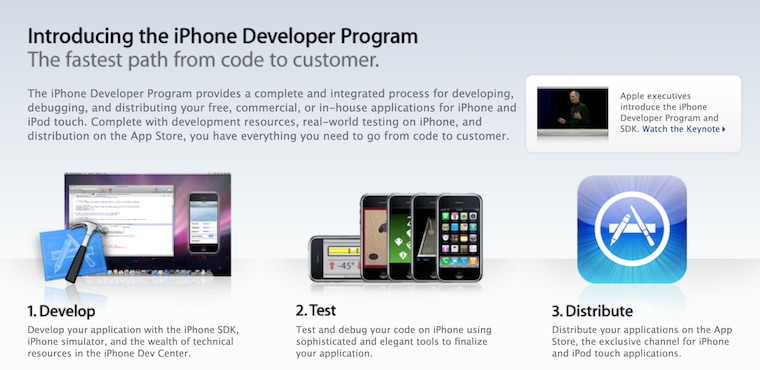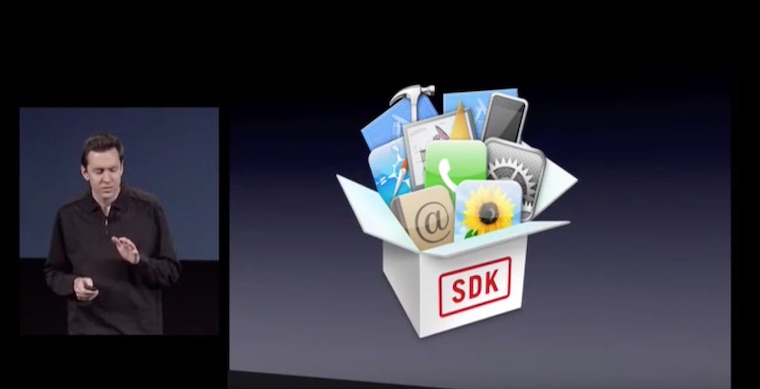In 2008, Apple released a software development kit for its recently released iPhone. It was a major step forward for developers and a huge opportunity to create and earn money as they could finally start building apps for the brand new iPhone. But the release of the iPhone SDK was also of great importance for developers and for the company itself. The iPhone ceased to be a sandbox on which only Apple could play, and the arrival of the App Store - a gold mine for the Cupertino company - did not take long to arrive.
Ever since Apple first introduced its original iPhone, many developers have been clamoring for an SDK release. As incomprehensible as it may seem from today's perspective, at the time there was heated debate at Apple about whether it even made sense to launch an online third-party app store. The company's management was mainly concerned about a certain loss of control, which Apple had been very concerned about from the very beginning. Apple was also worried that a lot of poor quality software would end up on the iPhone.
The loudest objection to the App Store was Steve Jobs, who wanted iOS to be a perfectly secure platform perfectly controlled by Apple. But Phil Schiller, along with company board member Art Levinson, lobbied feverishly to change his mind and give third-party developers a chance. Among other things, they argued that unlocking iOS would make the field extremely profitable. Jobs eventually proved his colleagues and subordinates right.
Jobs really had a change of heart, and on March 6, 2008—about nine months after the grand unveiling of the iPhone—Apple held an event called iPhone Software Roadmap, where it announced with great fanfare the release of the iPhone SDK, which became the basis of the iPhone Developer Program. At the event, Jobs publicly expressed his excitement that the company was able to create an amazing community of third-party developers with potentially thousands of native apps for both iPhone and iPod touch.
iPhone apps were supposed to be built on the Mac using a new version of the integrated developer environment, the Xcode platform. The developers had at their disposal software capable of simulating the iPhone environment on a Mac and capable of monitoring the phone's memory usage. A tool called Simulator allowed developers to simulate touch interaction with the iPhone using a mouse or keyboard.
Developers who wanted to have their apps on the App Store had to pay the company an annual fee of $99, the fee was slightly higher for developer companies with more than 500 employees. Apple said app creators get 70% of the profits from app sales, while the Cupertino company takes 30% as a commission.
When Apple officially launched its App Store in June 2008, users could find five hundred third-party applications, 25% of which were completely free to download. However, the App Store did not stay close to this number, and currently revenues from it make up a non-negligible part of Apple's earnings.
Do you remember the first app you ever downloaded from the App Store? Please open the App Store, click on your icon in the upper right corner -> Purchased -> My purchases, and then just scroll down.

Source: Cult of Mac


